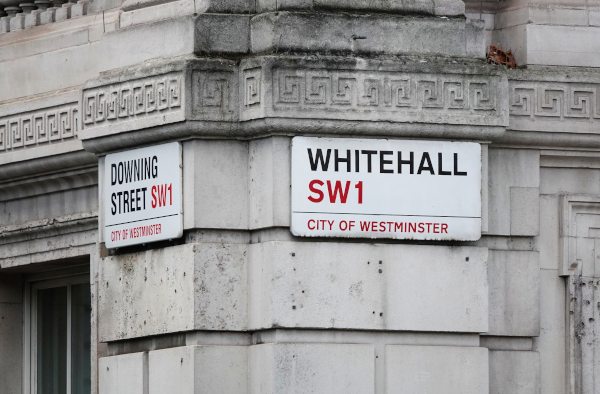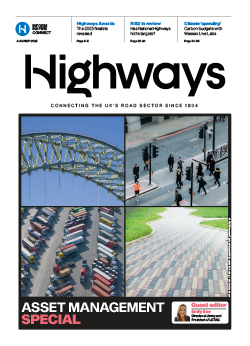Senior Whitehall officials have announced a potentially 'transformational' pilot to share data between the Department for Transport (DfT) and the Department for Health and Social Care.
The pilot aims to build on the Pre-hospital Research and Audit Network (PRANA) project - a national registry, which collects and links care pathway information on patients. It will use a similar framework to link datasets at the Wessex Secure Data Environment.
This will create a 'foundational dataset', officials said, allowing analysts to explore patterns in fatalities and severely injured casualties, supported by DfT.
A Steering Committee is also planned, bringing together representatives from the DfT, NHS England, the Department of Health and Social Care, the Office for Statistics Regulation, academia and research organisations.
A joint statement on the pilot was made this week by Lucy Vickers, chief data officer at the Department for Health and Social Care, Ed Humpherson, director general at the Office for Statistics Regulation, and Professor Sarah Sharples, chief scientific adviser at the DfT.
Pointing to the terrible human toll of road crashes in Great Britain, which killed 1,624 people in 2023 alone, the senior officials said they were 'convinced that action is needed... to ensure that road safety benefits from the same evidence-based approach that has improved outcomes in other sectors'.
They added that decision-makers across health, transport and data governance needed 'to work collaboratively [and] prioritise data integration'.
The statement argued that linking road safety and health data could have 'a transformative effect - helping us understand how and why injuries occur, improving emergency response, and shaping long-term strategies both to prevent collisions from happening and mitigating their injury impact when they do'.
It also noted that 'the challenges of linking data across sectors remain significant'.
'Complex regulatory frameworks, technical barriers, and inconsistent data-sharing processes have hindered progress - leaving policymakers with an incomplete understanding of road safety risks and researchers deterred by the process. Valuable insights that could be gained from analysis of publicly-held data remain hidden.'
However, the Whitehall officials said that recent discussions had 'revealed a way forward', building on the PRANA project 'to create a single, rigorously implemented, and properly governed linked dataset to serve as the new standard product'.
This new system could move the departments 'beyond siloed statistics whilst maintaining adherence to the highest standards of data security, governance, and accountability', the trio concluded.
The statement follows a meeting convened by the RAC Foundation earlier this year to see how recommendations made in a 2024 report by Seema Yalamanchili of Imperial College London could best be implemented.
The benefits
The RAC said the benefits of increased data sharing could include:
Completeness – moderate to slight injuries are less likely to be captured in STATS-19 [the current reporting crash and casualty reporting system], but could be available within national health datasets. Other under-reported groups such as pedestrians and cyclists could also be better captured.
Accuracy – using confirmed clinical codes for injury outcomes and interventions provides a true assessment of injury severity.
Better statistical reporting – correct clinical coding permits reliable comparisons across time periods and geographical regions as well as evaluation of interventions.
Machine learning techniques – these methods allow for greater data mining, but are limited by the quality of the underlying data. Improved accuracy and completeness would enhance the utility of machine learning, for example roadside risk scoring to improve triage protocols to alert emergency services.
Access for non-health researchers – complexities in applying for health data have prevented many road safety researchers from undertaking analysis involving injury outcomes, limiting the potential for timely assessment and interventions of locally observed road safety issues.






